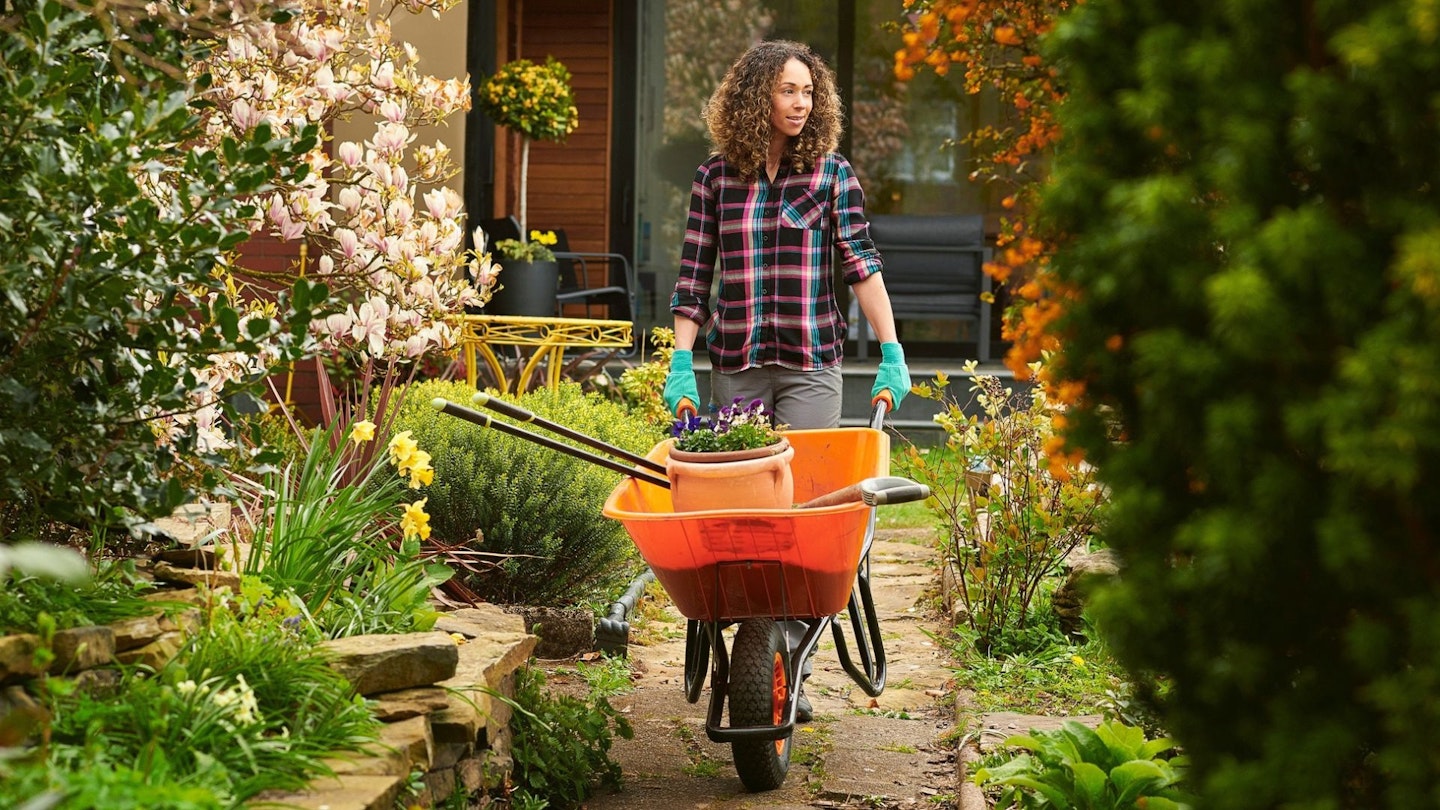There are lots to do in your garden between now and the summer. It's a joy to watch nature come back to life as you prune, add fresh compost to plant pots, and plant bulbs and seedlings. It also brings an opportunity to start fresh or redesign your ideal haven by planning what to do in your garden for spring.
Perhaps this year you want to make the switch to sustainable gardening with pesticide-free fertilisers and plastic-free hanging basket liners. It might be the first time you've decided to grow fruit and veg.
Or you could be creating an outdoor space to entertain friends, which means installing a BBQ grill or hot tub. Perhaps, you just want to chill and recreate a Mediterranean vibe that reminds you of a holiday. Here at Modern Gardens, we've put together some expert advice to guide you through what to buy and what you need for spring gardening.
1. Create a little spring garden
Baskets and pots brighten up the smallest of spaces. Whatever size and location, create the perfect place to potter this spring, with hanging baskets, pots and planters. The flowers will change month-on-month, with hyacinth, crocus and daffodils in early spring. From March to May, tulips give way to wallflowers, roses and azaleas. Create an arrangement of mismatched and textured plant pots and enjoy an ever-changing display.
2. Prune, deadhead and rescue
A garden that suits your lifestyle needs to be underpinned by maintenance and care. By doing some diligent pruning, planting and organising now, you and your loved ones will reap the benefits of a blooming beautiful garden.
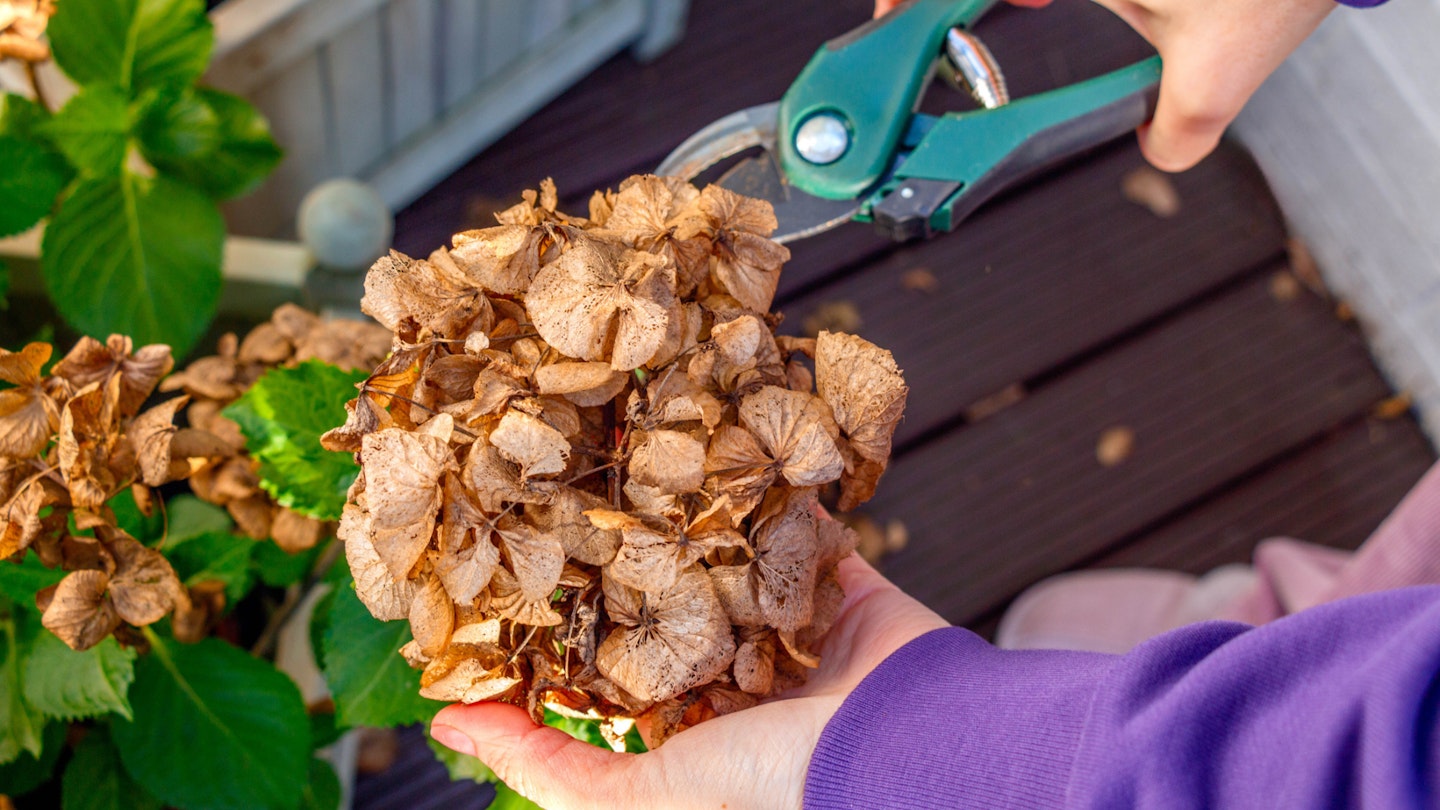
Prune water-damaged evergreen plants to get them looking their best. Using sharp secateurs, snip off dead stems and leaves.
Get more blooms from roses: Snip off twiggy branches and cut main stems back by one-third to a healthy bud feed with rose fertiliser, which contains high levels of potash to give blossoms a boost, as well as trace elements to keep leaves healthy and help prevent diseases.
Rein in forget-me-nots: These dainty autumn blooms are a delight in spring - but take care as they naturally self-sow and you could end up with more than expected. If you don't want them to spread, dig up some of the plants as soon as the flowers fade.
Prop up peonies: They may only be small now, but they'll soon need support to stop them from flopping. Push thick branches or wooden stakes into the ground next to your plants and as they grow tie them on using string. You can use obelisks, metal stakes and woven willow structures too.
Keep azaleas blooming: We love the wow flowers of deciduous azaleas but they can look untidy with long, bare stems. Cut them as short as desired as soon as the flowers fade to encourage new shoots and flower buds to grow next year.
3. Reshuffle the layout
Whether you have a rustic retreat or an urban oasis, give it a new spin by dividing your garden up into zones, and using plant supports to create living walls. Install seating, screening, storage, plant beds, paving and lawns. Refresh different areas with wall panelling and update with trending shades of exterior paint and new garden furniture.
4. Care for your pots
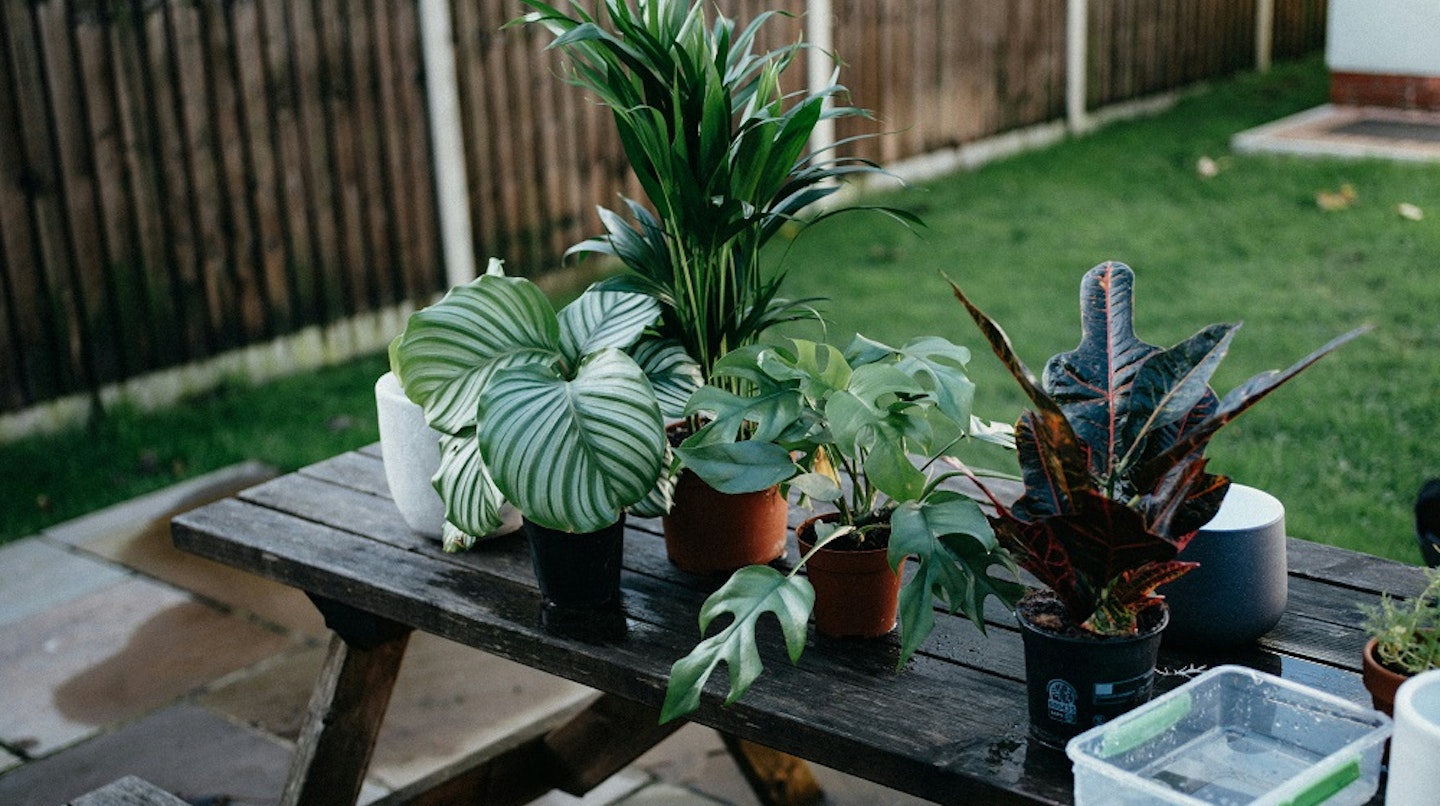
With the garden bursting into new life, it's time to give pot plants a boost and plant summer flowering bulbs. Brush away the winter cobwebs and revamp planters that have become scruffy. Permanent plant pots need grime removed with warm water. Scrape off 2-3cm of the old compost and sprinkle on Miracle-Gro All Purpose Continuous Release Plant Food. Then top with fresh compost to give roots a boost for the best summer growth.
5. Get planting
Take advantage of a sunny day, soak up some vitamin D and plant a joyful bonanza of summer-flowering bulbs. It’s a really cheap way to fill your plot with blooms. Calla lilies, or zantedeschia, are one of the simplest to grow and look fab in pots. Plant them in bulb compost and feed them weekly with a liquid plant food as they start to appear.
Potted shrubs can soon run low on water and nutrients, so start watering them daily from now until the end of summer, adding a general-purpose feed a week. Collecting rainwater in a butt is eco-friendly and gives your plants a chemical-free drink. Rainwater can be used for all plants apart from seedlings because the water may contain bacteria or fungal spores, which can lead to problems.
Delightful dahlias
For a spectacular display of dahlias, you can plant tubers indoors now for longer blooming and healthier plants. Place in pots of multipurpose compost. Water well and keep the compost moist. Place on a windowsill and plant out in a sunny spot in May. Water on a high-potash tomato food. This will give them an energy boost so you'll get the best display.
Pep up your breakfast
Imagine stepping out into your flourishing garden and picking raspberries, strawberries, figs and cobnuts straight from the plant and tree to eat for breakfast. By doing the groundwork now, you can reap the rewards throughout summer and early autumn. Give berry bushes a high potash feed such as Levington Tomorite.
6. Look after your lawn, grasses and flowerbeds
From sun-worshipping to stargazing, laying on the grass is uplifting. It's also an important habitat for insects. For thriving flora and fauna this year, there's a little maintenance that needs to be done to revive your lawn.
For flowerbeds and borders that have become unkempt, leave the foliage to die back naturally, then lightly rake in some rose fertiliser. Grass can easily creep out into your flowerbeds during the winter, making springtime the perfect time to pull it up whilst the soil is damp.
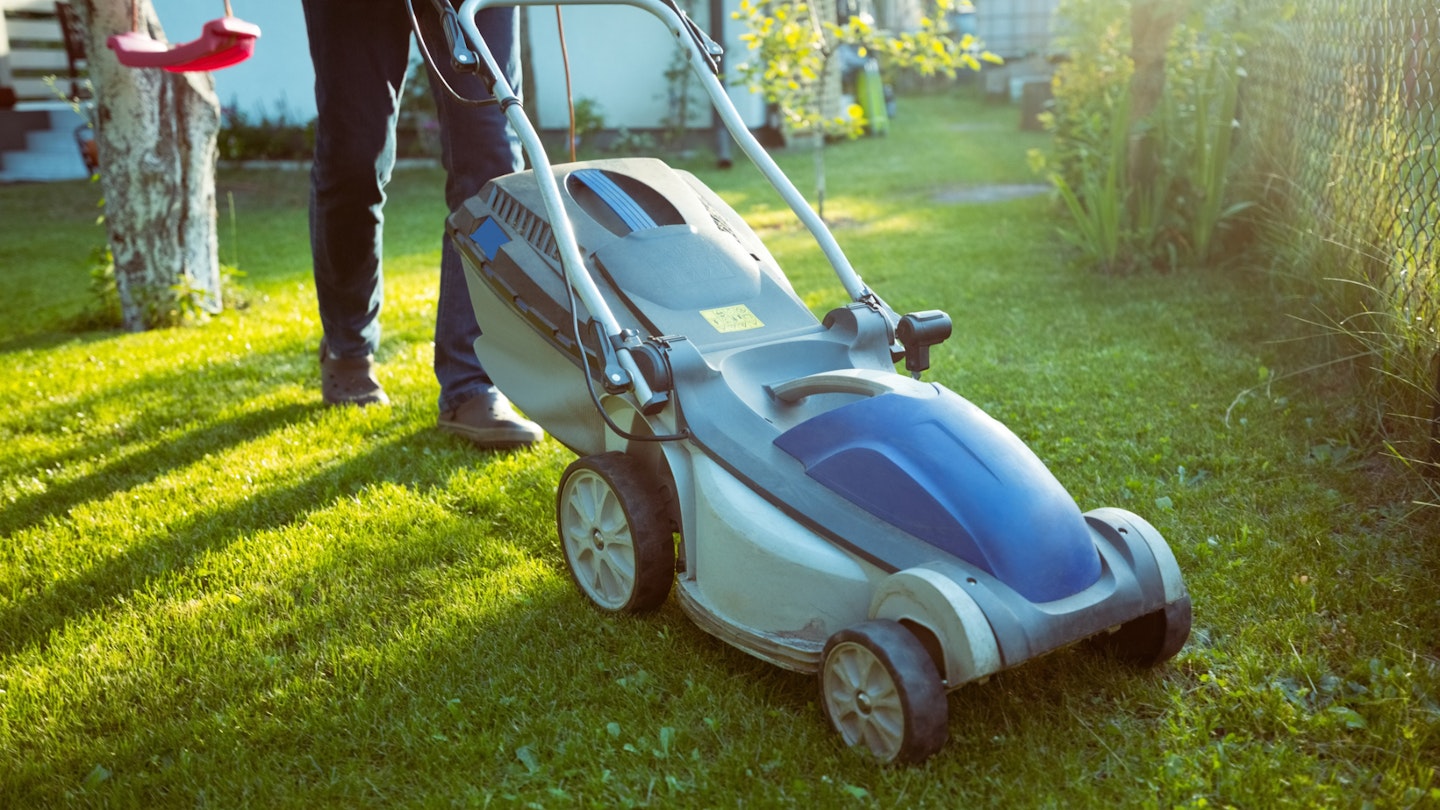
When your grass is dry, it's a good time to get the trusty lawn mower out and on the highest setting and gradually lower as spring gets fully underway. To repair any bald patches, scatter over a lawn fertiliser such as Patch Magic. Additionally, remove moss from lawns by raking after applying moss killer.
7. Look after the birds and the bees
Slugs and snails are waking up after the cold months and they will happily munch their way through most plants. Rather than giving them the opportunity leave fresh orange and lemon peel around the garden to tempt them away. In the morning, collect up the pests and rehome them on a patch of waste ground or drop them in a bucket of hot salty water.
Make a log pile: It's wonderful to instil an appreciation for biophilia in children by getting a bug hotel and letting them enjoy watching wildlife in the garden. It's as simple as piling up a few logs in the corner of your plot for a great shelter and foraging spot for hedgehogs.
Feed the birds: Create a biodiverse habitat by hanging bird feeders or installing a feeding station or bird table. Insects need looking after too; wildlife-friendly crab apple trees are nectar-rich and provide spring blossom for pollinators. Leave a few dandelions on your lawn for bees and butterflies. Additionally, Thyme Serpyllum is full of pollen and insects love them.
8. Tidy your shed and check your tools
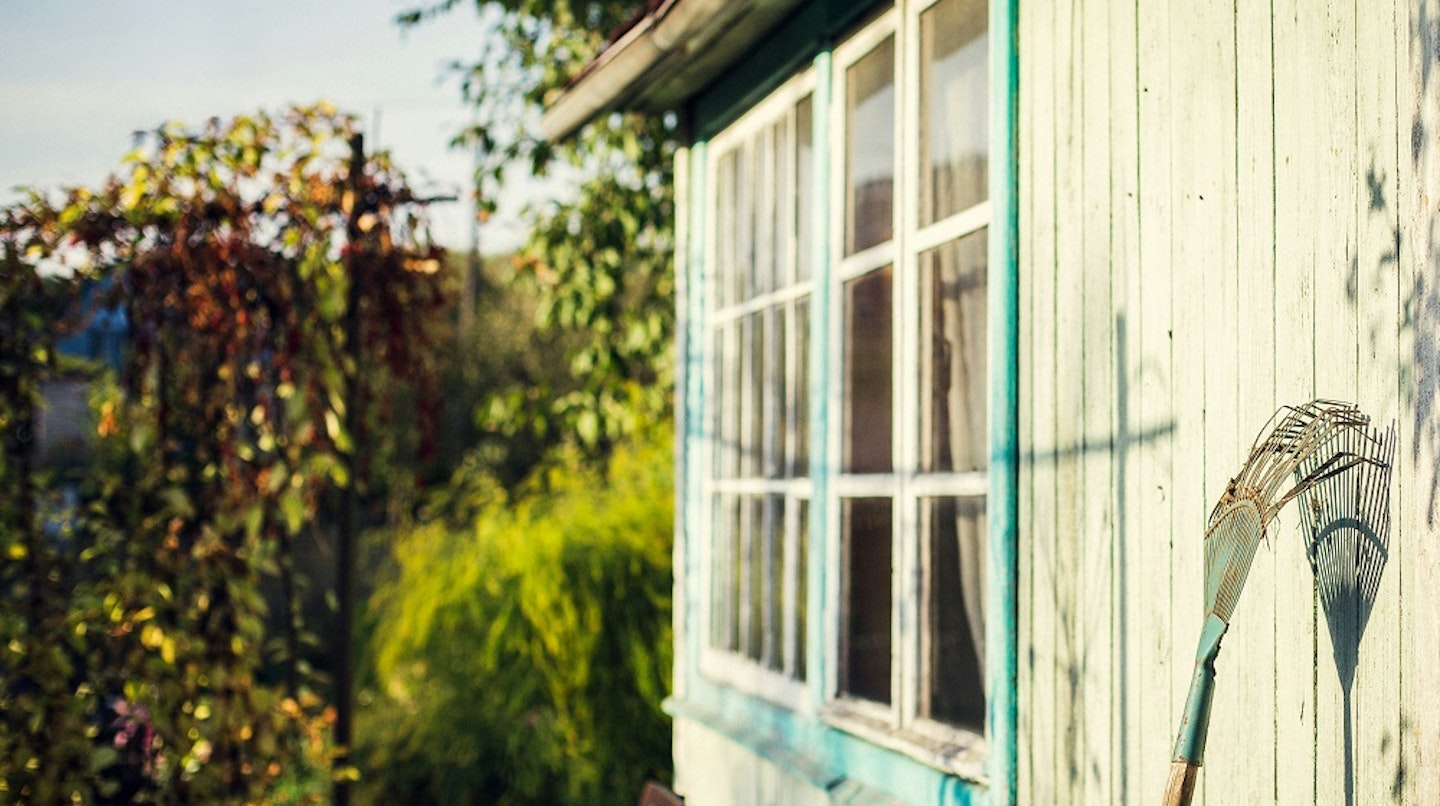
From giving your garden shed a lick of paint to installing shelving and wall organisers - creating extra storage and sprucing up feels rewarding. As the garden is an extension of our homes it's good to divide your outdoor areas into zones. The same applies to your shed or greenhouse: group similar items together so you always know where they are and how much you have. For example, put all your tins of paint on a low shelf that's not in direct light and use old biscuit tins for storing nails, screws and Rawlplugs.
It's a good idea to check the condition of power tools, electrics and outdoor lights to make sure they still work. If you've been noticing more and more neighbours opting for solar lights, this might be the perfect time to switch to solar. Finally, if you have an outdoor hose pipe, check the condition of the tap as the icy winter weather may have affected it.
9. Tend to the veggie patch
Watch the weather, sometimes spring can still surprise us with unexpected frost and snow. So, it's best to let the initial Ides of March pass before pricking out seedlings. It's time to think about your garden veg crop - broad beans, carrots and summer cauliflower will get a good start in your conservatory, greenhouse or cold frame. Once your seedlings have developed one full set of leaves it's time to transplant them.
Firstly, prep your vegetable patch by digging compost into the soil. Then, hold the young plant gently by the leaf and using a dibber or a pencil lever up the plant. Drop the plant in a pre-made hole in the compost, bury the stem just below the leaves then water.
Additionally, if you grow runner beans and raspberries, it's time to construct wigwams out of hazel or willow sticks. Fasting growing and sustainable. Try UK-grown hazel or willow. Look out for 'coppiced stem bundles' at your local garden centre. Plant your seedlings at the base of each stick and train the runners up. A leafy tower of runner beans with beautiful red flowers is a rewarding sight in June.
Plant a tempting tower of berries and make an eye-catching patio centrepiece such as 'Navaho', which produces plenty of blossom for nectar-seeking bees in spring. It will be berry-ready by July, so grow in a pot for easy picking pleasure.
10. Prepare the pond
Life's stresses ebb away when you're relaxing next to rippling water. Whether you're installing your first pond or giving yours a revamp there are a few items that you need to consider.
Mid-spring to early summer is the best time to plant in and around a pond as the water has warmed up. Underwater plants, such as hornwort (Ceratophyllum demersum) is an oxygenator and gives larvae protection from predators.
Floating plants, such as waterlily (Nymphaea) give shade to aquatic wildlife in the hot summer months. Pondweed and algae by all means need removing, but be sure to leave some and don't remove too much at once as it provides shelter and protection for pond life.
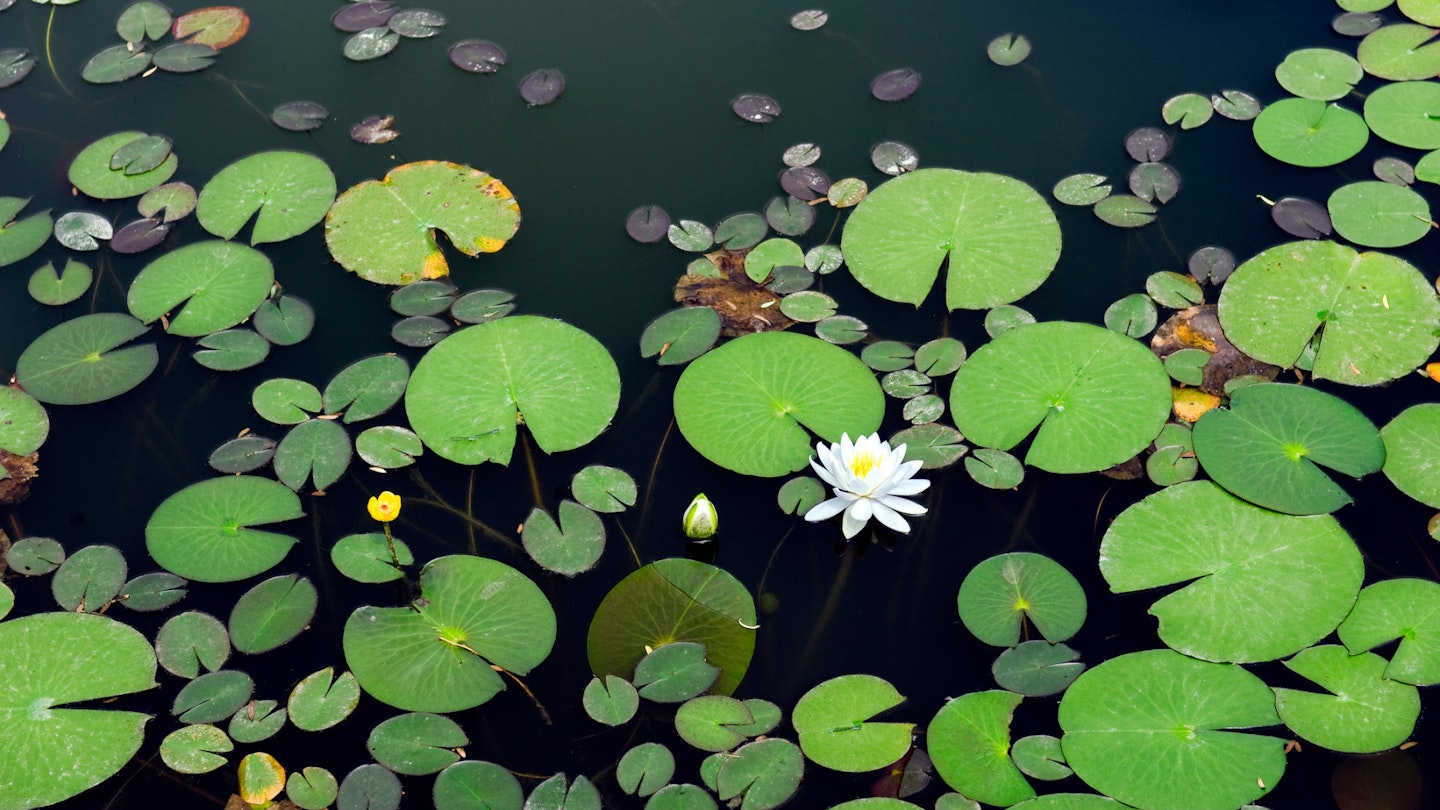
If your pond has fish you may have a pump or a filter to keep the water clear. Additionally, there may be a running water feature in the pond that requires a pump. It's essential to check that the pump has a 'wildlife protection system' to prevent pondlife, such as tadpoles, from being sucked up into it.
According to the RHS, we've lost 70 per cent of our natural ponds in the UK, so having a garden pond that's biodiverse is all the more important.
Make sure your pond is positioned in partial shade. Algae won't grow as fast in the shade. But the pond needs some exposure to the sun so that it warms up in the spring and potentially attracts spawning frogs.
Choose a pond liner that's non-toxic to the environment. The RHS recommend liners that are made of butyl rubber. In addition, butyl is flexible so it's the best material to use for creating a natural-shaped pond.
11. Clean your surfaces
Having been left to the elements all winter long, no doubt your patio or outdoor furniture or ornaments are looking a little worse for wear. Paving stones can collect moss and become muddy over winter months, so a pressure washer is a great, quick-fire tool to wash surfaces down and sweep excess dirt away.
You can clean your ornaments or garden furniture in the same way, ready for you to start using them more come the summer.
12. Springtime houseplants
Spring is the ideal time of year to repot houseplants. This is when plants are at their strongest and in a period of growth. Be sure to invest in spacious plant pots to transfer rootbound plants into roomier containers. Also, add some good quality compost to the new pot, so the plant benefits from a burst of nutrients.
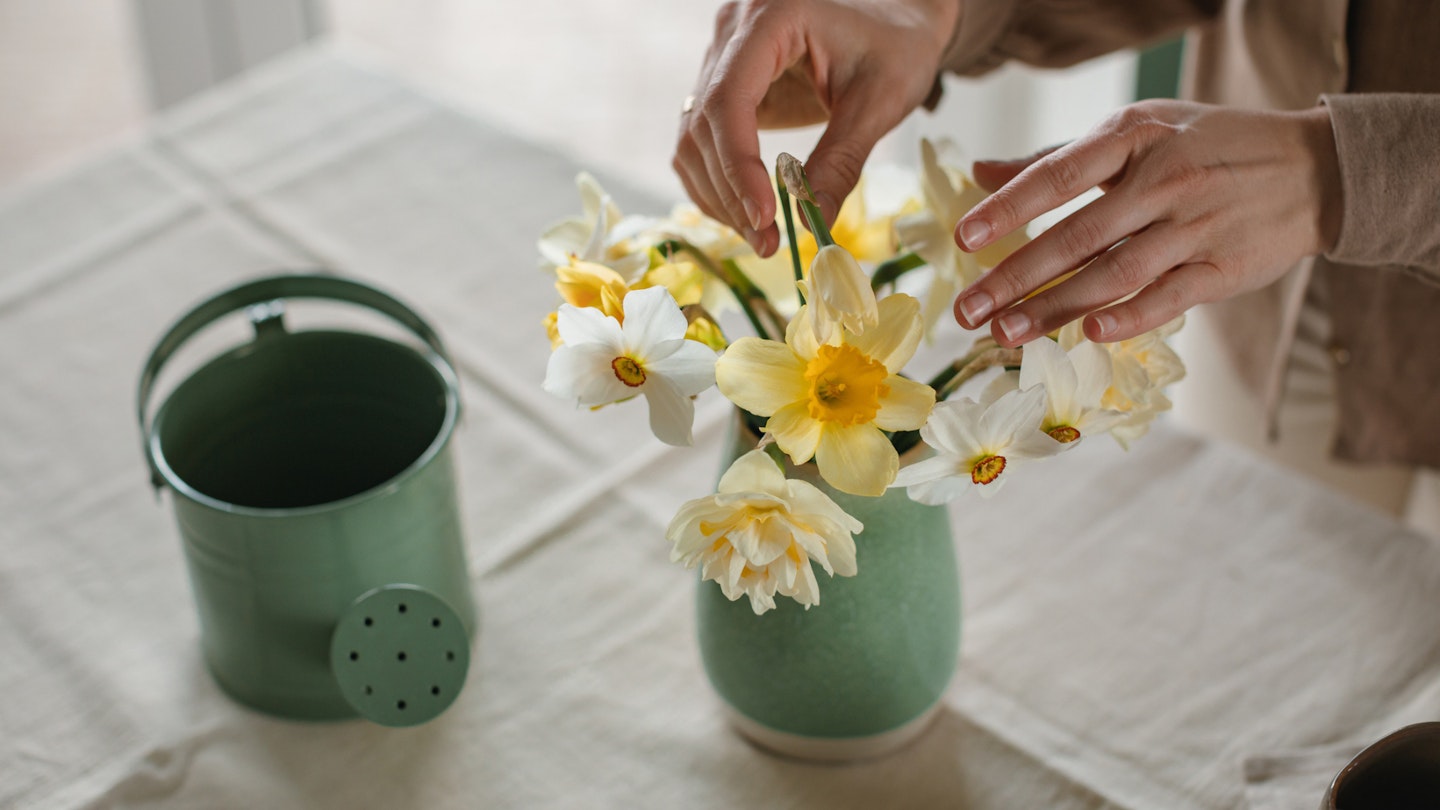
Making bright window sill displays is easy in spring with an abundance of blooming flowers. Primroses, tulips and daffodils can bloom indoors, albeit for a shorter period of time than outdoors. For inspiration and to take the effort out of sourcing plants for your window box, take a look at Plants Club, who sell ready-made seasonal collections.
What to read next:
Stylish and practical ankle wellies for gardening and walking
Subscribe to Modern Gardens magazine and get the most out of your outdoor space. Discover everything you need to know to make your outside space look fantastic, quickly and easily, with hundreds of simple ideas, designer tricks, affordable products and expert advice in every issue of Modern Gardens. View our latest subscription offers to save on shop prices.
Natalie Knowles is a Homes & Garden Product Writer for Modern Gardens, specialising in garden trends. When she's not flexing her mow-how, Natalie is a successful artist and illustrator.
